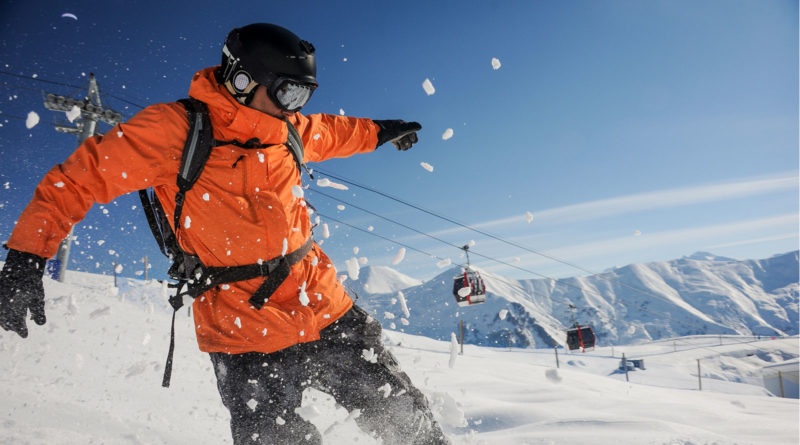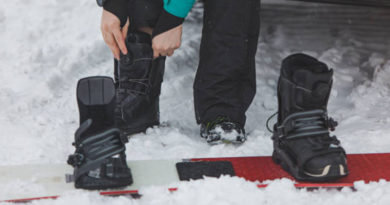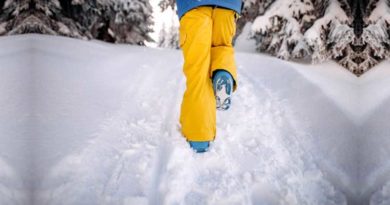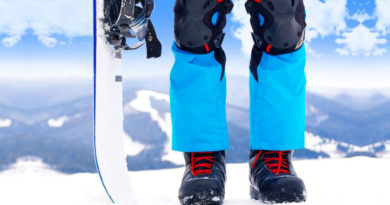What to Wear Under a Snowboard Jacket?
Having your base layers wrong only to suffer for the rest of your snowboarding day is a common rookie mistake. Some people put on too many base layers and some people have insufficient base layers. So how to layer your snowboard jacket? Perhaps, a better question to start with is why does a base layer even matter?
The torso has all the vital organs like lungs, heart, etc. They need adequate protection from the cold. If you leave this area unprotected in the cold, then you would have to face health problems – pneumonia to begin with.
Wrong attire on the slopes means less focus on having fun and more focus on feeling uncomfortable. This is not how you would want your snowboarding trip to go. The best way to avoid that is to choose the right base layers.
But isn’t there a better way to stay warm? Good question; no!
The climate in the mountains can change rapidly. At one moment, there can be high winds giving you the chills of your life. At another moment, the sun can be out which will start heating you. So, layering becomes the most efficient way to tackle such variable situations.
Layering allows adaptability. Based on the conditions in the mountains, you can tweak what you wear to stay warm and dry. On the mountains, your clothes consist of three main layers: the base layer, mid-layer, and the shell.
Each of these layers has its functions. It is a completely modular system where you don’t have to put on all the layers all the time. You can swap out layers based on the conditions you would be facing.
If it’s warm and snowing, you only need to put on the base layer and the shell. You can leave out the insulating layer. Similarly, if it’s calm and cold, you only need the base layer and the insulating layer. You can leave out the shell. If you feel too cold, you can put all three.
But keeping you warm isn’t the only crucial function of the base layer. The other equally important function of the base layer is to keep you dry. You see, the body sweats to stay cool during demanding activities. Snowboarding is a demanding activity so the body sweats even if it’s cold outside.
If that sweat isn’t allowed to evaporate, then it would accumulate in the clothes and make them wet. Wet clothes are cool clothes. You get where this is going. But how would you evaporate your sweat? Should you take off your clothes and let the wind do its thing?
Never do that. You would end up in a hospital for many unpleasant reasons with unpleasant results. Not good!
Your base layer should be able to wick moisture away. The base layer can be light but it should have moisture-wicking properties. Two types of fabrics are a popular choice for base layers: synthetic fabric like polyester having wicking properties and is durable, and wool – preferably merino wool having anti-odor and moisture-wicking properties.
Avoid cotton. It accumulates sweat with no wicking properties and takes longer to dry. Same thing with denim. Avoid sweatshirts because they are too bulky to wear under your jacket. Enjoy yourself in the mountains.




